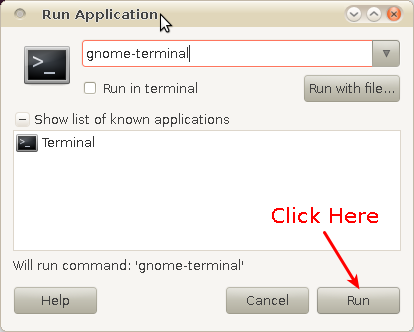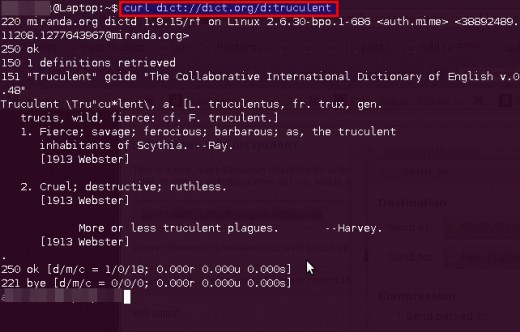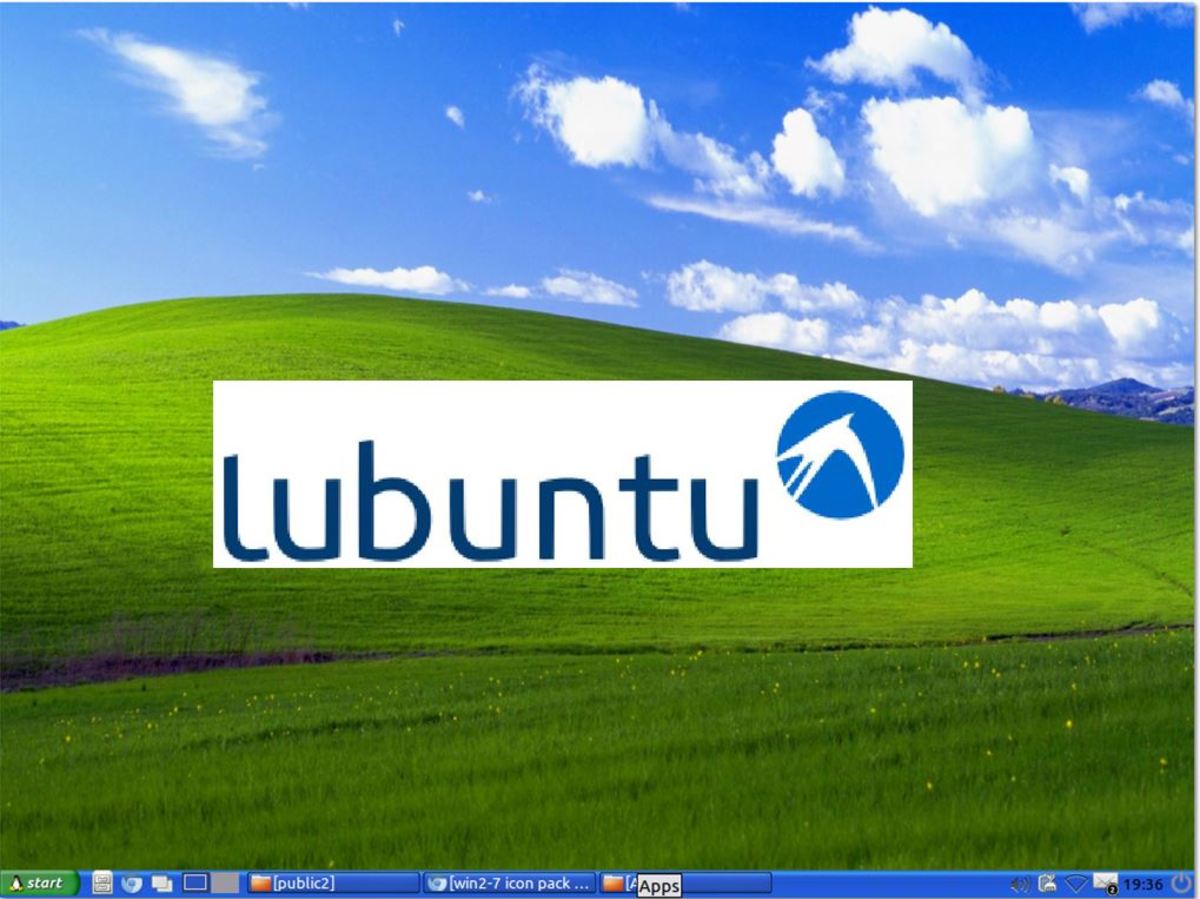- HubPages»
- Technology»
- Computers & Software»
- Operating Systems
5 Useful Linux Commands for Complete Newbies
You've just installed Ubuntu on your computer and want to show off your geeky side to your newbie friends?Or maybe you want to do more with the oh-so-powerful beast called Linux yet not mess up your computer.Either way commands in linux are like superpowers if you use them well you're in total control,if you don't use them properly panic strikes.Fortunately you won't be learning any dangerous commands in this tutorial,just the fun,safe yet useful ones.
So,why would I want to learn them?
Ok let's say you want to lookup how many minutes/hours/days your computer has been running.You'd normally go to the ubuntu software center,search for the application,download it,install it,start it and then admire your 5 day streak.But,if you know a simple command called uptime and type it in the terminal,you'll instantly get your uptime thus saving a lot of time.Again,commands are purely optional,for almost every command there is a pretty(or ugly sometimes) GUI application.It's as they say “There's an app for that!”
Ok now tell me the commands,make me a tux ninja!
First of all you'll need to open the terminal to enter these commands.To do that, Go to Applications then Accessories then click on Terminal.Otherwise you can simply press Alt+F2 and type gnome-terminal and then press 'Enter'/click on Run.Now that you're ready,here are the commands you need to know.Let the force be with you!.

1)Looking up definitions
Don't have time to lookup words from a real dictionary?.Here's a command using which you can look up words instantly.Just copy the command and paste it in the terminal.To paste in the terminal use the keyboard combo 'CTRL+SHIFT+V' instead of the normal Ctrl+v.Note:you need a working internet connection to use this command.
curl dict://dict.org/d:<wordtolookup>
Example
curl dict://dict.org/d:truculent
Screenshot

2)Killing the slow pokes.
You've got a bunch of programs running together and one of them stops responding.Either you can wait for it to resume or just kill it instantly using a simple command.Say firefox is not responding,all you got to do is type in 'pkill firefox'.If you're too lazy to type firefox,just type 'pkill fir' and then press tab,your command will be autocompleted.
pkill <Nameoftheprogram>
Example
pkill firefox
3)Tweet from the command line
Tweet from the terminal to impress your friends.The tweet will be posted immediately and will show API as the client.Replace 'YourUsername' and 'YourPassword' with your username and your password respectively.Then add your status message(don't remove the double quotes).Finally,paste the command in the terminal.If the output is a bit cluttered just press Ctrl+L.
curl -u YourUsername:YourPassword -d status="Your status message" http://twitter.com/statuses/update.xml
Example
curl -u someuser:A@#$@#@$$ -d status="My first tweet from the linux command line!" http://twitter.com/statuses/update.xml
4)Monitoring the memory
Sometimes it is necessary to monitor
how much memory is free during a session.If you're running too many
programs,the amount of free memory would definitely be less.Here's
the command to easily monitor free and used memory.
Type/copy and paste 'free -m' without the quotes in the terminal to see how much memory is free and how much is in use.The above command will show memory in Megabytes.You can also see the output in Gigabytes or Kilobytes if you want.Just change the command to 'free -g' for gigabytes and 'free -k' for kilobytes
free -m
5)Downloading Files
Downloading files from websites can be quite a pain when you've
to wait for the downloads to finish and then close the
browser.Sometimes we close the browser accidentally and interrupt the
download process.To download almost any file off the internet,right
click on the download link and select the 'Copy Link Location'
option.Don't close the browser yet.Now open the terminal,type in
'wget -c ' and then press Ctrl+Shift+V followed by 'Enter' key.This
will start the download with a neat progress bar.To cancel the
download just press Ctrl+c.To resume just press the up arrow on the
keyboard till the command reappears and press 'Enter'.Now open your
home directory and your file will be there.
wget -c <Link to file>
Example
wget -c http://fly.srk.fer.hr/jpg/flyweb.jpg
What if I get stuck?
If you don't know/forget what the command does just type in 'whatis' followed by the name of the command.eg: 'whatis w',a brief description of the command will be shown.Most of the commands are well documented hence you can view their manuals by just typing 'man' followed by the command name.eg : 'man free' will show the documentation for the free command.If you're still a bit uncomfortable with the command line,try reading this article.
If you have any problems with commands mentioned above,feel free to comment your problem.And don't forget to choose your favourite command.
Poll
Out of the 5 commands which one is your favorite?
My Other Posts
Don't forget to check out my other posts
1) Linux vs Other Operating Systems : 7 common myths busted
2) 11 Killer Features That Make Ubuntu 11.04 Worth the Wait
3) Distraction-free web browsing in 3 easy steps
4) What is Comic Sans and why you shouldn't be using it.
5) Ubuntu 13.10: 8 Solid Reasons to Upgrade



